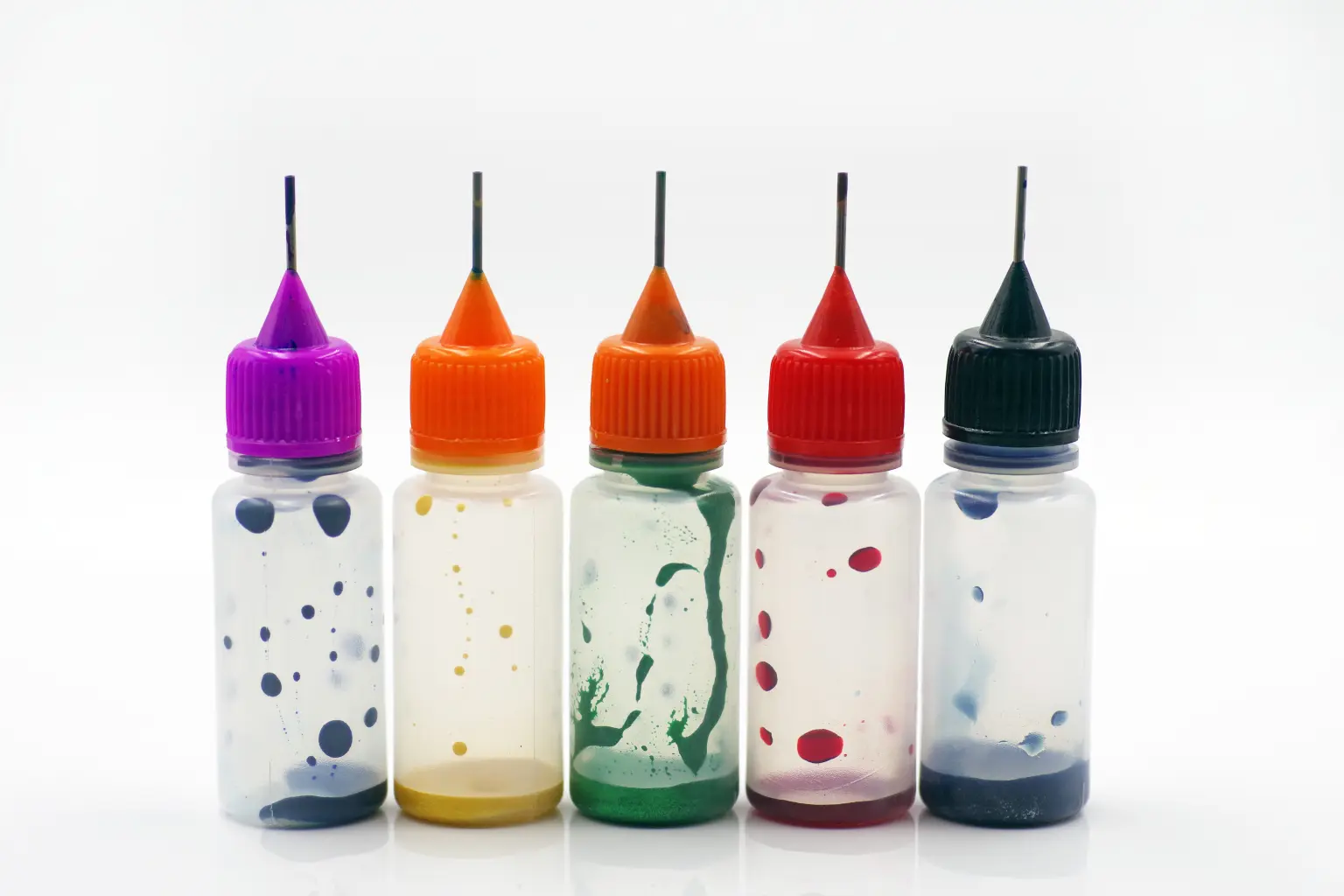FDA to Eliminate Synthetic Food Dyes by 2026 Amid Health Concerns
By: Wise News Network Staff
Washington, DC (WNN) —The U.S Food and Drug Administration (FDA) and Department of Health and Human Services (HHS) announced a plan to eliminate eight synthetic food dyes from the American food supply by the end of 2026. These dyes, which are derived from petroleum, are commonly used in products such as candy, cereal, soda, and snack foods.

The move is part of a broader public health campaign led by Health and Human Services Secretary Robert F. Kennedy Jr., who cited growing evidence of potential health risks, especially to children. While these dyes have long been used to enhance the visual appeal of food, their safety has come under increased scrutiny.
List of Dyes to Be Eliminated
Among the dyes targeted are Red No. 40, Yellow No. 5 and Yellow No. 6, Blue No. 1 and Blue No. 2, Green No.3, Citrus Red No.2, and Orange B. These colorants appear in a wide range of processed foods found in grocery stores across the country.
Red No.3, which had already been banned from cosmetics due to evidence linking it to cancer in lab animals, will also be removed from all food and ingested products by 2027. Though some of these dyes have been used for decades, health experts and advocacy groups have criticized the FDA for not re-evaluating them in light of newer studies.
Health Secretary Kennedy Pushes for Safer, Natural Ingredients in Food
Health and Human Services Secretary Robert F. Kennedy Jr. said this is part of a broader effort to improve food safety by removing potentially harmful ingredients. “We are going to get rid of the dyes and then one by one, we’re going to get rid of every ingredient and additive in food that we can legally address,” Kennedy told NPR.

The FDA said it will work with manufacturers to review and approve safer alternatives, including naturally derived colorants. Some of the options already in use include beet juice, turmeric, spirulina, and butterfly pea flower, according to health officials.
Food Industry Warns of Economic Impact
Industry representatives have raised concerns about the potential economic effects of the synthetic dye phase-out. Replacing synthetic dyes with natural alternatives could increase manufacturing costs, with some estimates suggesting a rise of up to 10 percent.
Natural dyes are often more expensive to source, less vibrant, and can affect the shelf life of products. Some experts suggest that the costs could amount to thousands of dollars annually once the transition is fully implemented, though this estimate is not universally agreed upon.
States Already Taking Action
While the federal ban is still being rolled out, some states have already moved forward with their own policies. West Virginia is set to become the first state to ban synthetic food dyes in school lunches, with its law going into effect in August. California has passed similar legislation, including a ban on Red No. 3 in foods sold in the state by 2027, and is preparing to expand the restrictions more broadly in the coming years.
These state-level actions reflect increasing public concern over the presence of artificial ingredients in children’s diets and have helped build momentum for national reform.
FDA Promises Support for Transition
To ease the transition for food manufacturers, the FDA said it will expedite the review process for new, plant-based color additives. The agency also plans to offer guidance and technical support for companies seeking to reformulate their products ahead of the 2026 deadline.
Although the phase-out is not legally mandatory, Kennedy noted that many major food companies have expressed a willingness to cooperate. He said businesses are eager for clear federal standards and view the chance as both a consumer health issue and a public relations opportunity.
For WNN video news stories, visit YouTube: https://www.youtube.com/@wisenewsnetwork
For further WNN articles and news stories, visit: https://wisenewsnetwork.com
Contact WNN at newsdesk@wisenewsnetwork.com
Copyright 2025 Wise News Network. All rights reserved. ©
